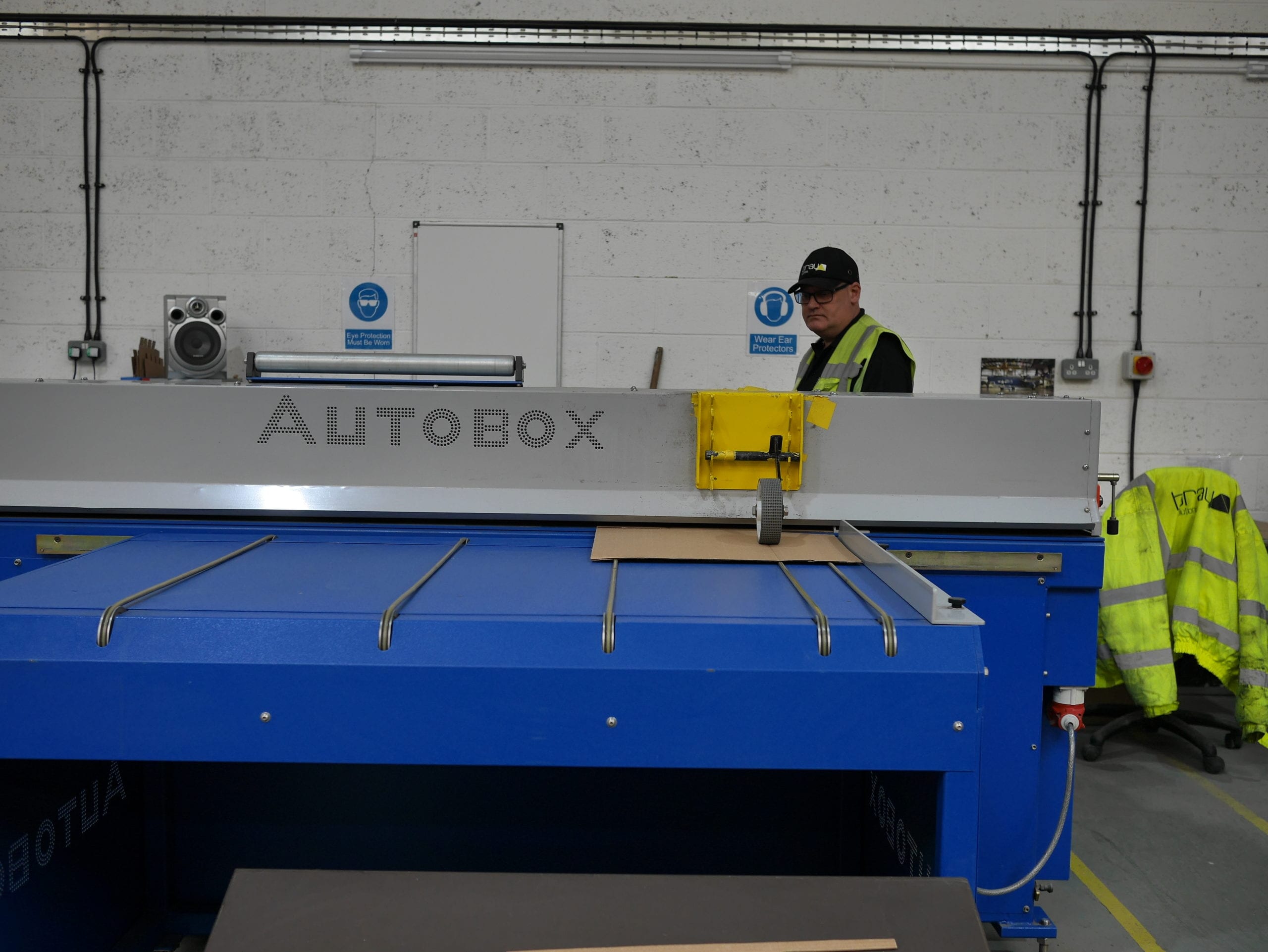
The saying goes ‘old habit’s die hard’, but in the reality of a pandemic, old habit’s seem to change very quickly with no fixed state at all. With companies such as Shopify reporting extreme jumps in revenue of $244 million in just one-quarter Q1>Q2, 2020 (dcvelocity.com) to businesses across the world seeing a significant shift of purchasing moving online, the growth in 3PL is much less of a surprise, and almost an inevitability.
However, this unexpected rise has been initiated by more than just an uptake in online spending. Changes in the supply chain model, spending patterns, fulfilment needs and pandemic products have all contributed to its growth. And as consumers get used to these new habits, with only 3-5 transactions required to form these new habits, the future of warehousing is set to continue to grow.
Bricks and mortar stores are temporarily sitting empty as the customers who once frequented their stores have turned their buying habits towards the online market. This change in behaviour has had deep ramifications on supply chain networks and has forced businesses to sharply pivot to accommodate this new demand.
As well as this, businesses have begun to operate in new ways and as such have taken on pop-up warehousing to enable them to offer rapid order fulfilment to their impatient customers sat at home. These locally based warehouses, enable stock to physically be much closer to the end consumers, as well as enable the business to better match peaks in demand, with smaller storage, sorting, packaging, and returns services, in multiple locations.
Additionally, with what first started out as only essential purchasing online has grown to encompass an increasing number of new industries in an effort to survive. Typical in-person businesses have invested in online ordering systems and to match this new channel to market, they have also invested in modern warehousing solutions to run alongside them. We are seeing butchers, small-town gift shops and even florists, make this new jump.
But it’s not just already established businesses branching out with an online offering. Time has become the new best friend of any fledgeling entrepreneur ready to try out their new idea. And many of those new businesses are finding unique ways to grow around the restrictions of the pandemic. And for warehousing, this means an increase in warehousing and fulfilment needs.
Lastly, there has been an uprising in warehousing for the health sector. Personal protective equipment (PPE) and medical equipment has been taking up an increasingly large amount of storage space and remains a top priority for many countries.
And finally, with the UK leaving the EU as of January 1st 2021, this has meant a whole overhaul of the import industry, causing significant changes in the haulage, trade and warehousing elements. As these changes even out, warehousing needs will become more fixed, but for the moment, it only adds to this unexpected increase in warehousing required.
It is unknown whether these new rentals will turn into long-term agreements, but like in so many other sectors, no-one really knows what the future holds. But what we do know is that these changes to the supply chain are very welcome to many.
Consumers, businesses and the industry, all speaking this new language, and we predict these new habits may stay far beyond 2021.







We integrate with a number of different systems.
Get in touch to find out how we can help.